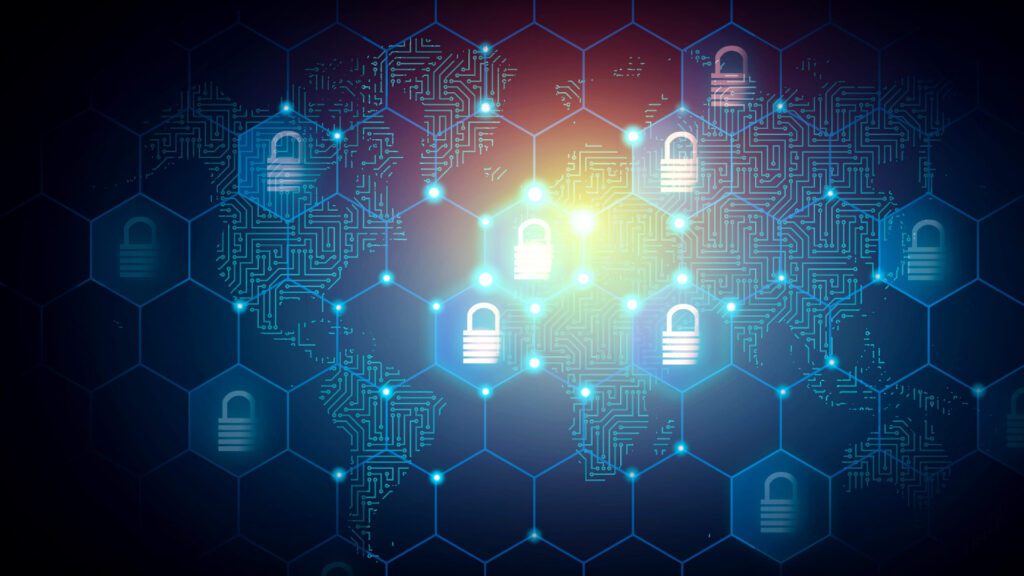Safeguarding Your Future: The Art of Crafting a Robust Security Strategy

In today’s ever-evolving digital landscape, organizations face a myriad of cybersecurity challenges. From sophisticated cyber threats to stringent regulatory requirements, the need for a robust security strategy has never been more critical. Crafting an effective security strategy requires a careful balance of proactive measures and comprehensive planning. In this blog, we delve into the art of creating a robust security strategy, exploring key considerations and best practices that can help organizations fortify their defenses and safeguard their future.
Understanding the Threat Landscape
A strong security strategy begins with a deep understanding of the evolving threat landscape. Cyber threats are constantly evolving, and organizations must stay ahead of the curve to protect their valuable assets. This section highlights the importance of conducting thorough threat assessments, staying updated on emerging threats, and leveraging threat intelligence to identify potential risks. By gaining a comprehensive understanding of the threat landscape, organizations can better align their security strategy with the current and future challenges they may face.
Assessing Organizational Risks
Every organization has unique risks and vulnerabilities that must be addressed in its security strategy. This section emphasizes the importance of conducting a comprehensive risk assessment to identify and prioritize potential risks. By evaluating internal and external factors, organizations can gain insights into their critical assets, potential attack vectors, and vulnerabilities. This enables them to allocate resources effectively and implement targeted security measures that address their specific risks.
Tailoring Security Controls
Once risks are identified, organizations must implement appropriate security controls to mitigate those risks. This section explores the key considerations for selecting and implementing security controls. It highlights the need for a layered approach, combining technical controls, policies, procedures, and employee awareness. The blog discusses the importance of adopting industry best practices, such as encryption, access controls, intrusion detection systems, and incident response plans. By tailoring security controls to the organization’s risk profile, a more effective and efficient security strategy can be achieved.
Emphasizing Proactive Measures
A robust security strategy is not only about responding to threats but also about being proactive in preventing them. This section focuses on proactive measures that organizations should adopt to strengthen their security posture. It discusses the significance of regular security awareness training for employees, promoting a culture of security, and implementing continuous monitoring and threat hunting capabilities. By prioritizing proactive measures, organizations can identify and address vulnerabilities before they can be exploited.
Building a Resilient Incident Response Plan
No security strategy is complete without a well-defined incident response plan. This section highlights the importance of establishing a robust incident response framework. It emphasizes the need for clear roles and responsibilities, effective communication channels, and predefined procedures for incident detection, containment, eradication, and recovery. By having a resilient incident response plan in place, organizations can minimize the impact of security incidents and swiftly restore normal operations.
Crafting a robust security strategy requires careful planning, proactive measures, and ongoing evaluation. By understanding the threat landscape, assessing organizational risks, tailoring security controls, emphasizing proactive measures, and building a resilient incident response plan, organizations can establish a strong security foundation. With a well-crafted security strategy in place, organizations can protect their sensitive data, safeguard their reputation, and ensure the continuity of their operations in the face of evolving cyber threats.